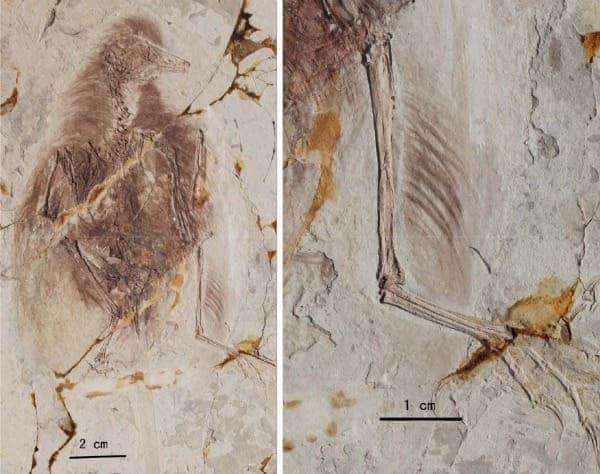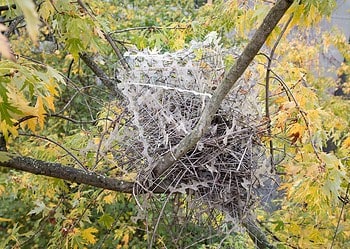
Though we’ve accomplish our knowledge a great deal in the past decades of bird evolution there are still many loose ends and debate is far from being settled. A general consensus among paleontologists is that birds today are actually a sort of modern dinosaurs, now recent fossils findings from China suggest early birds some 150 million years ago were four-winged creatures. It’s rather unclear at this point whether these newly confirmed species were precursors to modern birds or represent a distinct lineage that died out.
The 11 specimens discovered by researchers from the Shandong Tianyu Museum of Natural History in China provide the first solid evidence that early birds also adopted a four winged structure before ditching the hind-limb feathers in favor of a presumably more efficient flight capability. The basal bird specimens, which included Sapeornis, Yanornis and Confuciusornis species, lived some 150 million years ago, and it was during this time that the researchers believe the animals were reading to use their hind limbs for terrestrial locomotion.
The conclusions come after pennaceous feathers – a type of plumage that is long, stiff and asymmetrically that is typically employed by modern birds today in their wings to aid flight – were sighted neatly preserved in the hind-legs of the fossils. This suggests that these basal birds used four wings to fly or glide, and overtime discarded one of their pair of wings. The findings seem consisting with other previous discoveries, like feathers found on the back and legs of a bird fossil from the Archaeopteryx genus in 2004, that suggest early birds may have first adapted four-winged flight.
The aerodynamics of these four-winged fossils remain debatable, partly because of it’s highly difficult to interpret the specimens in two dimensions since the exact location and displacement of the basal birds’ feathers can’t be seen. The researchers believe nevertheless that “there is circumstantial data that might be useful in inferring the distribution and orientation of leg feathers.”
“If an animal has big feathers on its legs and feet, it’s definitely something that’s not good for fast running,” said Xing Xu from Linyi University in Shandong province.
Today birds still have feathers on their hind-legs, but these are far from being suite for flight, instead they serve to protect and insulate. Moreover the feathery, fluffy bits are very sparse as the rest of the leg is scaly.
The four-winged fossils were described in a paper published in the journal Science.






